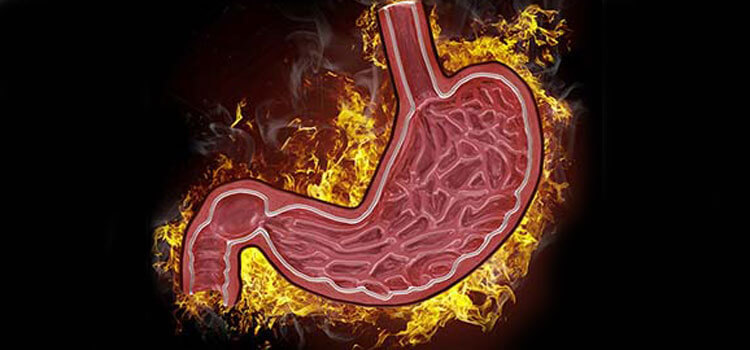
Gastric Cancer
Achalasia is a rare digestive disorder that affects the nerves in the oesophagus. As a result, the lower oesophageal sphincter loses its ability to open, making it hard for food or liquid to pass into the stomach. The word Achalasia means “failure to relax”. Achalasia adversely impacts the coordinated muscular activity of the oesophagus that transports food from throat to stomach.
The Oesophagus consists of both muscles & nerves. The nerves help in relaxation & opening of the sphincter. Achalasia impacts both nerves & muscles. During the initial phases of the disease, an inflammation occurs in the muscles around the nerves. As the disease advances, degeneration of nerves occurs & leads to their disappearance. This happens mostly in nerves that help the sphincter relax.
What are the Symptoms?
- Difficulty Swallowing Foods - both solid & liquid
- Discomfort in the chest due to retained food
- Regurgitation of food
- Pain in the chest
- Heartburn
- Loss of weight due to reduce food consumption
How is Achalasia diagnosed?
Achalasia is commonly misdiagnosed or be overlooked as it is rare condition & its symptoms are very similar to other digestive disorders.
Some of the diagnostic tests recommended for Achalasia are:
- Oesophageal Manometry: Muscle contractions in oesophagus can be measured with the help of oesophageal manometry. It can help assess how effectively the sphincter relaxes while the person swallows
- Barium Swallow Test can help detect blockages if any in the oesophagus
- Upper endoscopy can be used to collect a tissue sample to be tested for complications
How is it treated?
Treatment for Achalasia is focused on relaxing or forcing open the sphincter so that food & liquid can move more easily through the digestive system. There are two treatment modalities for Achalasia - Surgical & Non Surgical
Nonsurgical Treatment options include:
Pneumatic Dilation: This procedure involves insertion of a balloon into the oesophagus & inflation to enlarge the opening. However, in most cases this procedure has to be repeated within a few years to ensure oesophageal sphincter remains open
Botox or Botulinum toxin type A may be recommended for patients who are not suitable for pneumatic dilation or surgical intervention. Botox is a muscle relaxant that is directly injected into the sphincter with the help of an endoscope. However, the injections will have to be repeated frequently and these repeat injections can make surgery more difficult in the later stage, of required
Medication: Certain muscle relaxants may be recommended for patients who aren’t suited for any of the other treatment options. However, medications are likely to have side effects
Surgical Treatment options include:
- Heller myotomy: In this procedure, the muscle at the lower end of the oesophageal sphincter to allow food & liquids to pass more easily into the stomach. However, the patients who undergo a Heller myotomy are likely to develop GERD later in lifet
- Fundoplication: In this procedure, the top part of the stomach is wrapped around the lower oesophageal sphincter to tighten the muscle & prevent acid reflux. In certain cases, both fundoplication & Heller myotomy
- Peroral Endoscopic Myotomy (POEM) is a surgical procedure in which an incision is made in the inner lining of the oesophagus through an endoscope. After an incision is made, the doctor then cuts the muscle at the lower oesophageal sphincter just as in heller myotomy




